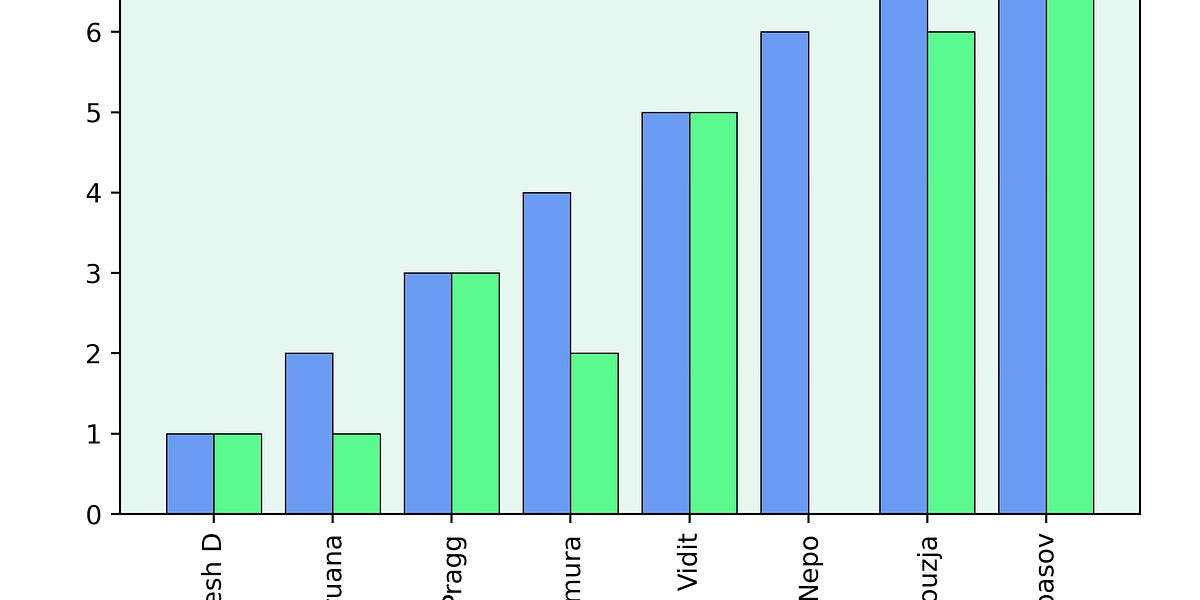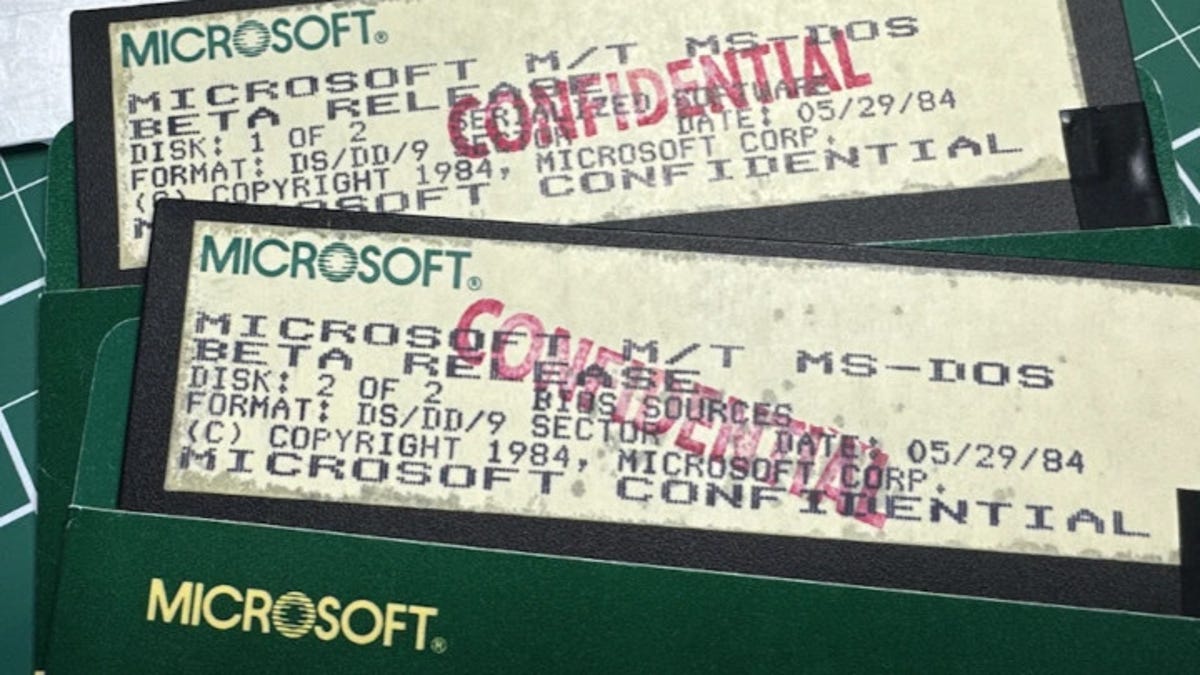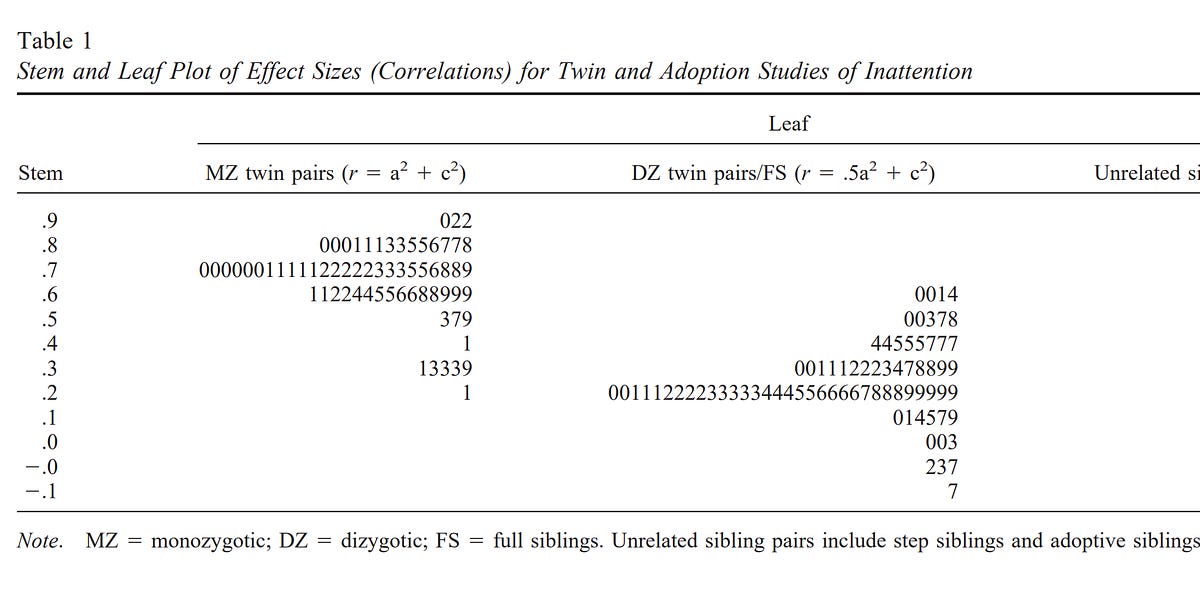
The Mobile Performance Inequality Gap, 2021 - Infrequently Noted
TL;DR: A lot has changed since 2017 when we last estimated a global baseline resource budget of 130-170KiB per-page. Thanks to progress in networks and browsers (but not devices), a more generous global budget cap has emerged for sites constructed the "modern" way. We can now afford ~100KiB of HTML/CSS/fonts and ~300-350KiB of JS (gzipped). This rule-of-thumb limit should hold for at least a year or two. As always, the devil's in the footnotes, but the top-line is unchanged: when we construct the digital world to the limits of the best devices, we build a less usable one for 80+% of the world's users.
Way back in 2016, I tried to raise the alarm about the causes and effects of terrible performance for most users of sites built with popular frontend tools. The negative effects were particularly pronounced in the fastest-growing device segment: low-end to mid-range Android phones.
Bad individual experiences can colour expectations of the entire ecosystem. Your company's poor site performance can manifest as lower engagement, higher bounce rates, or a reduction in conversions. While this local story is important, it isn't the whole picture. If a large enough proportion of sites behave poorly, performance hysteresis may colour user views of all web experiences.
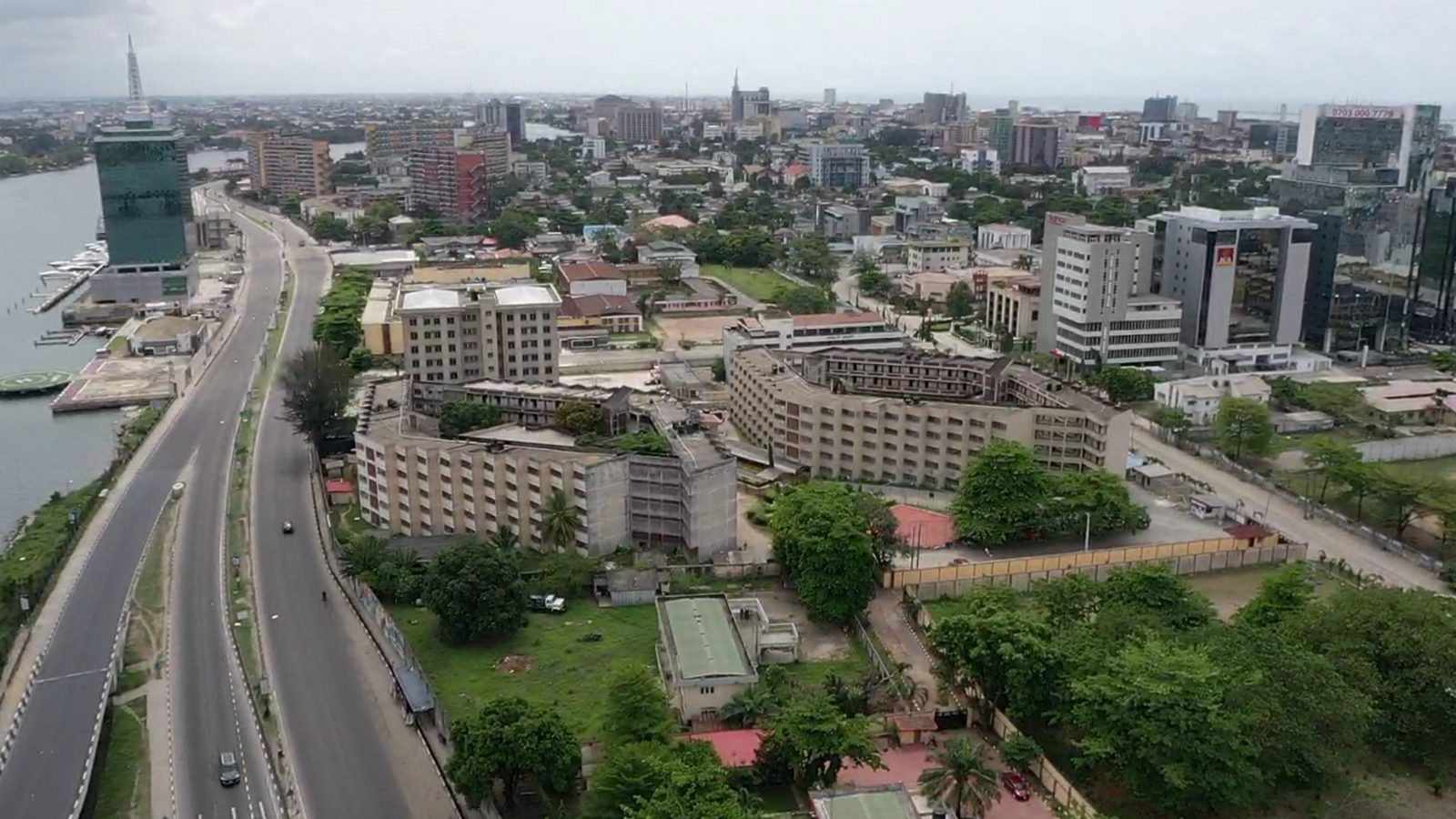

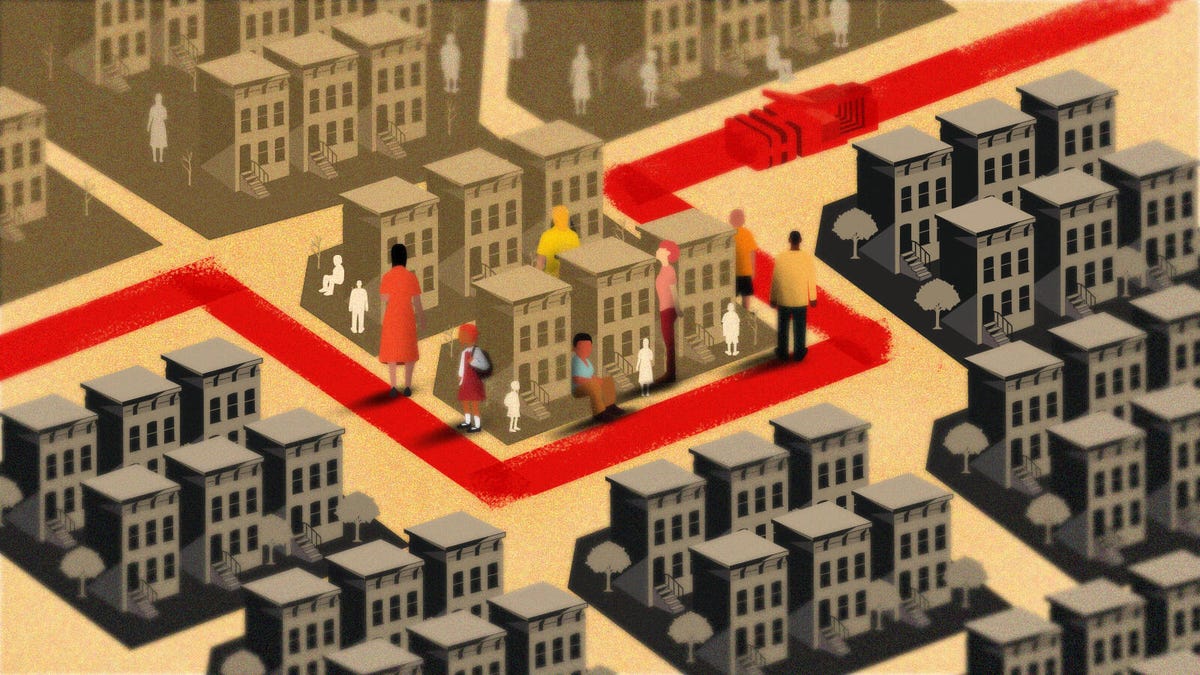





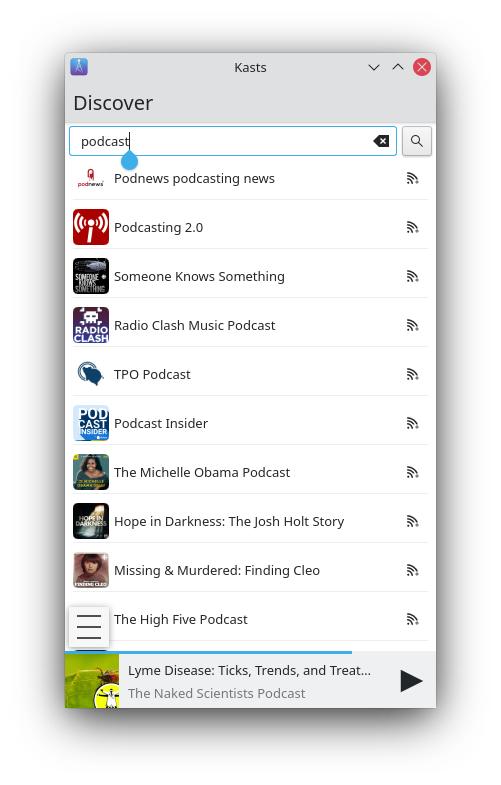







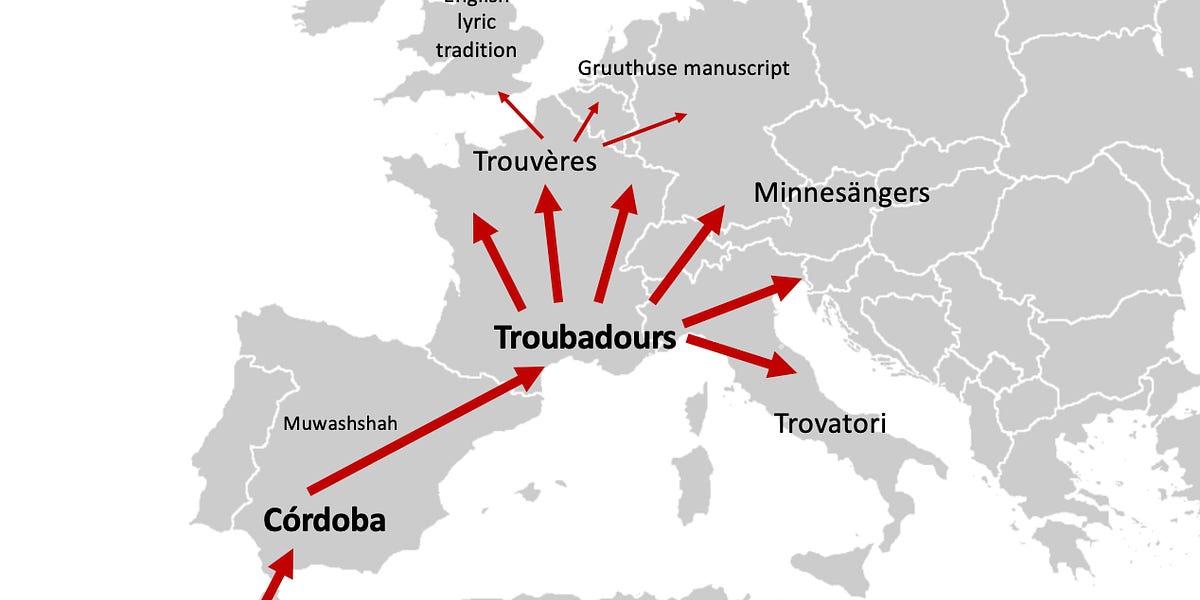

/cdn.vox-cdn.com/uploads/chorus_asset/file/25419483/247092_Student_activist_doxxing_AKrales_1438.jpg)

